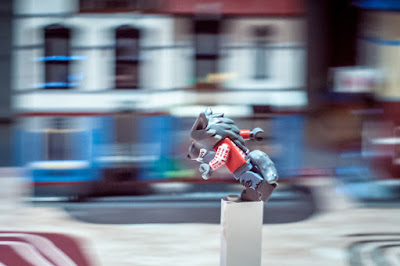Polarizers set up the direction of light polarization. If you apply two filters at the same time you can get complete light blocking, complete transparency or something in between. This is how some adjustable Neural Density filters work.
Some materials change the polarization of the light. If such object is place between two polarizing filters set to maximum blocking, the only thing one can get in the picture is the light disturbed by such material.
In order to try birefringence photography following are needed:
source of polarized light - LCD screen/tv/monitor/tablet works perfectly.
object made of material that disturbs polarization - cheap plastic is perfect, hi-quality glass is useless.
polarizing filter attached to your camera.
Place object in front of the polarized light source, rotate the filter so the source looks black and shoot.
Depending on orientation of the object polarization changes, so try moving object around.
As example I used plastic bag/pocket. First two pictures are without setting the polarizing filter to full black to show how the orientation affects color.


And now with polarizing set up to black

The thicker material the more interesting patterns you can see.
The color of the light (or image displayed on the screen) affects the result. First I used blue droplets background (filter not set to full black).

Now with filter set to black:

The same setup, but with green/yellow background displayed on the screen:

The more complex shapes add more patterns to the polarization and in effect more interesting result

Hope you will enjoy your birefringence project. Please add comments or questions. I'm feeling quite alone in this blog ;).

























